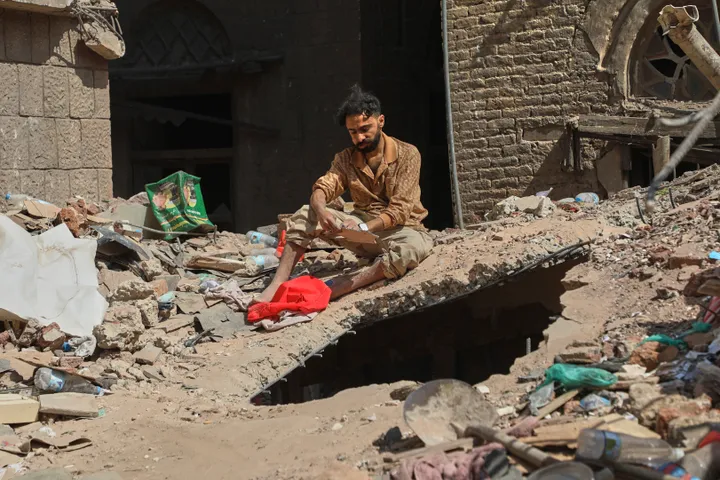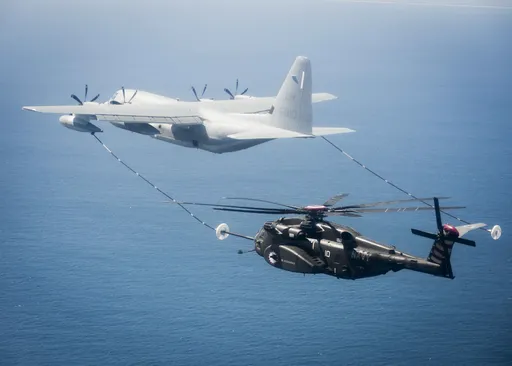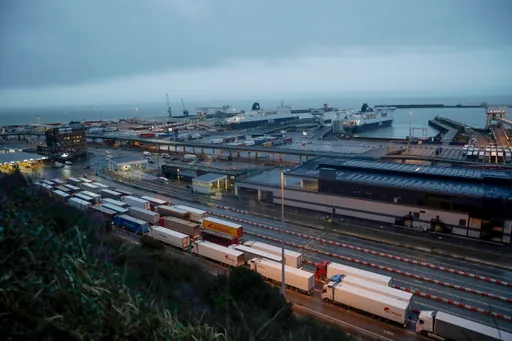Shadow government as an insurgent organisation is one thing; official rule quite another. The Taliban movement took about ten days to overrun Afghanistan and capture its capital with extraordinary ease.
Some ten days later, however, they have yet to announce a government. This might seem a paradox, but reflects the circumstances in which the Taliban swept the country, in which a large proportion of their opponents simply melted away, as well as a balance of power between camps within the movement itself.
The Taliban’s unofficial “shadow government”, which ruled much of the Afghan periphery for some fifteen years, was considerably effective, but officially ruling a state as part of a prospective coalition is a novel experience that might challenge Afghanistan’s latest rulers.
When the student militants of southern Afghanistan first mobilised in 1994, it was in response to a confused and chaotic civil war brought about largely by years of militarised political haggling between different factions.
At least since the late 1980s, the different factions in Kabul’s Soviet-installed regime and the Peshawar-based opposition had been haggling furiously for shares in official power; this only intensified with the downfall of that regime in 1992, which saw these factions compete violently for shares in what was only ever going to be a coalition government.
Military success might buy a faction or its commanders more leverage in government, even if the government itself did not exist outside of paper. Unsurprisingly, the Taliban emirate in the 1990s fostered a sharp suspicion of such coalitions. Opposition factions were welcome to join the emirate, but only under its banner; there was no coalition government in Taliban-ruled Kabul.
Today’s scenario is likely to be different. A considerable part of the Taliban insurgency’s appeal was its opposition to foreign occupation; the withdrawal of American forces, however, did not necessarily translate to a Taliban takeover against the Afghan government that Washington had installed.
The Taliban command thus timed their lightning campaign skilfully, overrunning the government before its American backers had withdrawn. But this quick and relatively clean blitz involved reaching arrangements with autonomous commanders who had become alienated by Ashraf Ghani. They promptly melted away, forcing the isolated Ghani to make a panicky beeline out of the country.
Such veteran politicians as Hamid Karzai, Gulbuddin Hekmatyar, and Abdullah Abdullah – each of whom had fought the Taliban in the past – thus welcomed them into Kabul, but presumably expect a share in whatever cabinet the Taliban form. The Taliban emirate thus finds itself in a novel situation.
To negotiate with Kabul’s political heavyweights, the Taliban called in their politically canniest networks, from southeast Afghanistan.
The Mansur and especially famous Haqqani families of the mountainous Loya Paktia region have a nearly fifty-year record mediating in disputes between different Afghan militat camps. Sirajuddin Haqqani, the leading member of the militarily ferocious but politically wily Haqqanis, mediated between Taliban camps during disputes of bygone years; now his uncle Khalilur-Rahman Ahmad and brother Anas have taken over mediation with Afghan potentates.
Abdul-Rahman Mansur, member of the eponymous family who have long worked hand in gloves of the Haqqanis, has arrived to serve as Kabul’s governor – trying to placate traditionally suspicious constituencies and Afghan Shias in the process.
A similar role has been played by Ameer Muttaqi, who spearled the coordination between the Taliban’s political negotiators at Doha and commanders in the field; he helped convince Ismail Khan, the tough warhorse of Herat city, to lay down his arms.
The stick to such carrots was furnished by the military command, led by Yaqub Mujahid – son of Taliban founder Umar Mujahid – whose relative inexperience was balanced by his seasoned but low-profile lieutenant Ibrahim Sadar.
While Yaqub and Sadar waged a bloody campaign in the south, another experienced southerner, Abdul-Qayum Zakir, led the march toward Kabul and was reportedly first to enter the palace upon Ghani’s flight.
Sadar and Zakir, who both spent years in captivity during the war, but have climbed the Taliban ranks since first serving as brigade commanders in the 1990s, have been rumoured as prospective ministers for security and military affairs respectively.
Other Taliban southerners who may be expected to play a major role are Abdul-Ghani Baradar and finance minister Gul-Agha Hidayatullah, who had been close friends with Yaqub’s father since the 1980s.
The Nurzai Pashtun clan that comprised much of the Taliban’s western constituency was largely mollified by the position of Nurzai commanders such as Abdullah Shirin in Taliban intelligence and by the promotion of Hibatullah Akhundzada, a Nurzai magistrate, to emir; dissidents appear to have largely been outflanked.
In both western and northern Afghanistan, which feature large non-Pashtun populations, the Taliban insurgency tried to expand across ethnic groups with some success.
The thousands of non-Pashtun Taliban in these regions include the Tajik commander Abu Hamza Qudratullah, who led the capture of Mazari Sharif, and the Uzbek commander Salahuddin Ayubi, who co-led the takeover of Kabul.
Yet the Taliban advance in the north and west was largely assisted by summary surrenders by opposition forces unhappy with Ghani’s regime. Whether they will be incorporated into the Taliban ranks, or whether they will separately push for some form of autonomy, remains to be seen.
Adding to the pressure of such questions is the fact that Afghanistan remains to be entirely conquered. Amrullah Saleh, Ghani’s second-in-command, resurfaced in the Panjshir valley to Kabul’s north, where he laid claim to Afghanistan’s rule and called on the historically formidable Panjsheri fighters.
Saleh’s virulent hatred of the Taliban – approaching something of a pathology – and his close links with any number of foreign intelligence agencies from his days as spymaster make him a particularly dangerous opponent. He scored a significant blow by winning over Ahmad Massoud, the son and namesake of the valley’s famous commander Shah Massoud.
Initially unwilling to confront this opposition head on – with Haqqani leader Khalilur-Rahman, whose family had historically mediated with the Panjshiris, trying to soften Ahmad’s stance by praising Shah Massoud as a martyr – the Taliban soon sent in troops. These are led by an accomplished Tajik corps commander Qari Fasihuddin, whose conquest of northeast Afghanistan just weeks earlier gives the Taliban an advantage: unlike the elder Massoud, his son does not enjoy overland routes to Tajikistan.
It remains to be seen whether Massoud the Younger will imitate his father in giving the Taliban a headache. But such malcontents as the Panjshir enclave – or fanatics, who are blamed for a deadly attack in the Kabul airport where a spectacularly botched American evacuation continues to face problems – is less a problem for the Taliban than in negotiating a coalition to govern Afghanistan.
























